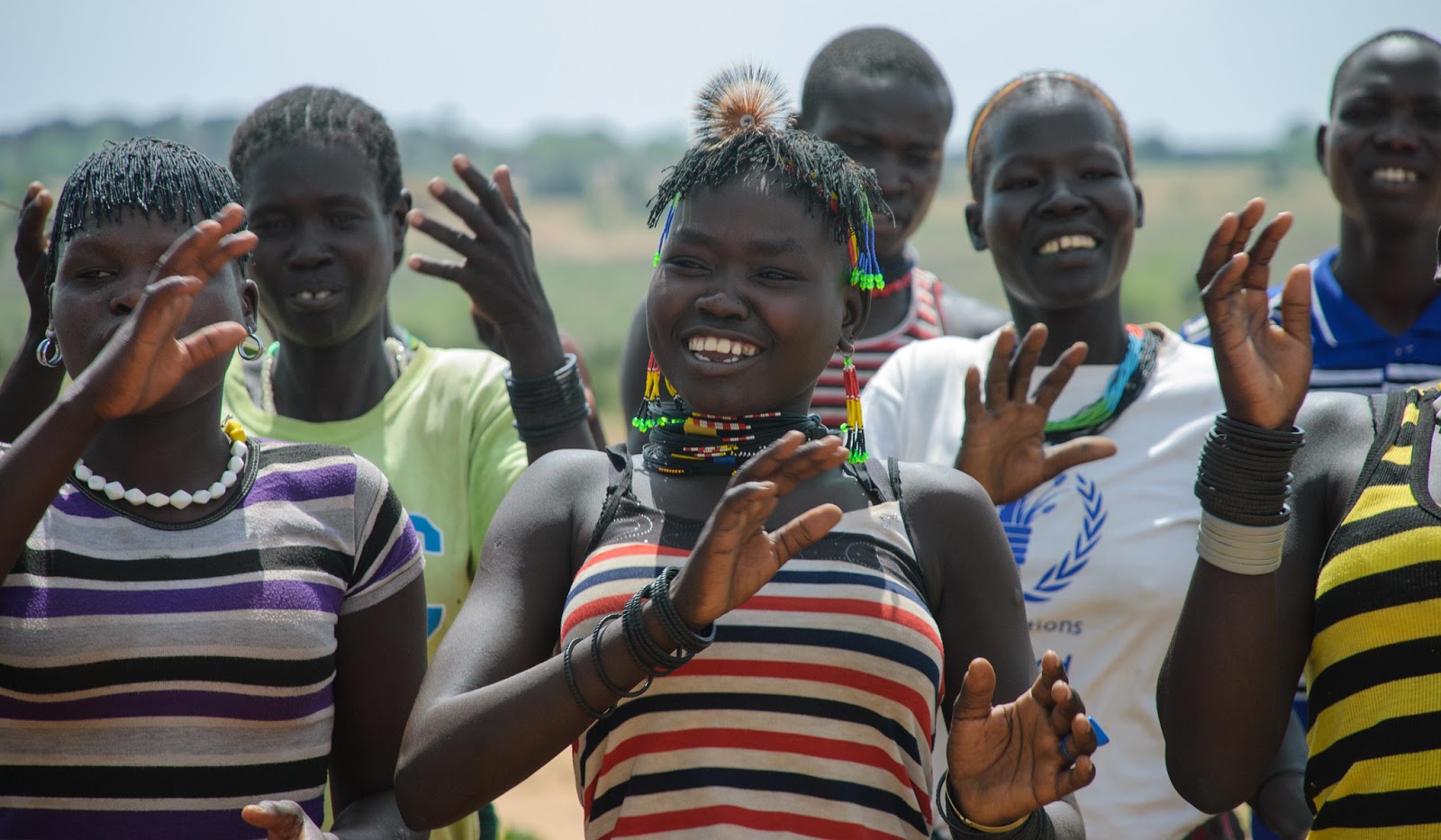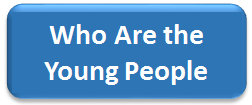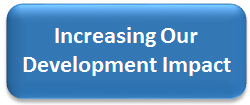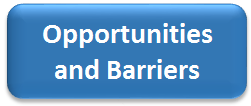
USAID's YouthPower Action Youth Engagement Training
What is this training?
The aim of the YouthPower Action Youth Engagement training is to better prepare USG staff, other donor organizations and implementing partners to meaningfully include youth in development initiatives. The training draws heavily on Restless Development’s expertise in and experience of youth engagement over their 30 years of delivering youth-led programming in Africa and Asia.
USAID YouthPower Action designed this training primarily for Implementing Partners of the DREAMS initiative and US Government staff, including USAID, working in 5 countries (Tanzania, Uganda, Zimbabwe, South Africa and Zambia). The DREAMS (Determined, Resilient, Empowered, AIDS-free, Mentored and Safe) Initiative is an ambitious partnership to reduce HIV infection among adolescent girls and young women (AGYW) in HIV priority areas within 10 East and Southern African countries.
Given that the training was originally created for DREAMS implementing partners, you will see a focus on Gender and HIV&AIDS prevention in Africa. However, the lessons and activities can be applied in almost any context to improve youth engagement.
This training was designed in collaboration with DREAMS Youth Ambassadors. The training resources are now available for download and use.
How to use this training:
All of the PowerPoints, facilitation plans and handouts are available for you to download. Handouts and PowerPoints are labelled according to their corresponding module (e.g.: M1-H1 is the 1st handout to Module 1 and M2-CS2 is the second case study for Module 2). You can either click the link at the bottom of each module below for the corresponding resources, or click the link at the bottom of this page for the full training content.
The facilitation plan will guide you through the content and signpost you to the corresponding PowerPoint slides and handouts.
Information and activities specific to project design and US Government staff and donors are highlighted in ORANGE. Information and activities specific to project implementation and implementing partners are highlighted in BLUE. Depending on your audience follow this color coded guidance to facilitate activities and conversations.
The slides and facilitation plan contain more information than would normally be used in a training, in order to communicate as much guidance as possible for this to be a stand-alone resource. For example the “Read and Reflect” slides were not included in the original training, but are useful background reading for facilitators.
Please note that the resources shared here are not intended as a full toolkit for engaging youth in development. Ideally this training should be delivered by a team of experts who have extensive hands-on experience engaging young people in development. The ability to share experiences and facilitate robust discussion are key to any effective training.
What will you learn?
As a result of this training participants should be able to:
- Explain why positive youth development and meaningful youth engagement is crucial to sustainable and effective development practice.
- Define meaningful youth engagement and specify what ‘meaningful’ means in relation to your areas of work.
- Distinguish between different groups of young people, including adolescent girls and young women, and implement approaches that are engaging and inclusive of the diversity of young people
- Identify contextual opportunities and barriers to youth engagement Implement suitable, practical models and frameworks for meaningful youth engagement relevant to USAID/ USG mission, USAID/USG partners and youth.
Training Curriculum’s Five Core Modules in English and Portuguese:
- Who Are the Young People
- Increasing Our Development Impact
- Meaningful Versus Tokenistic
- Opportunities and Barriers
- Putting Your Knowledge into Practice





